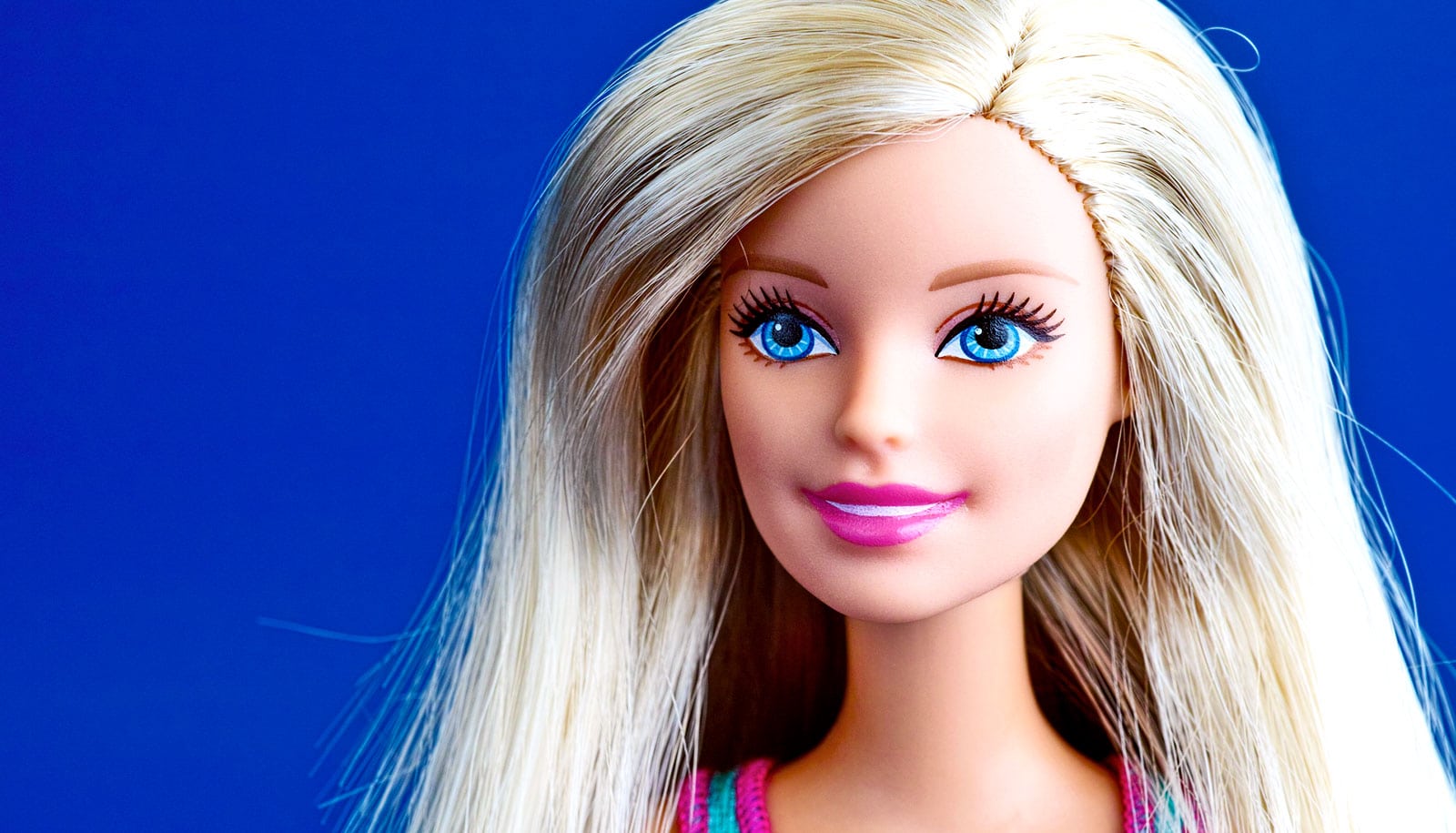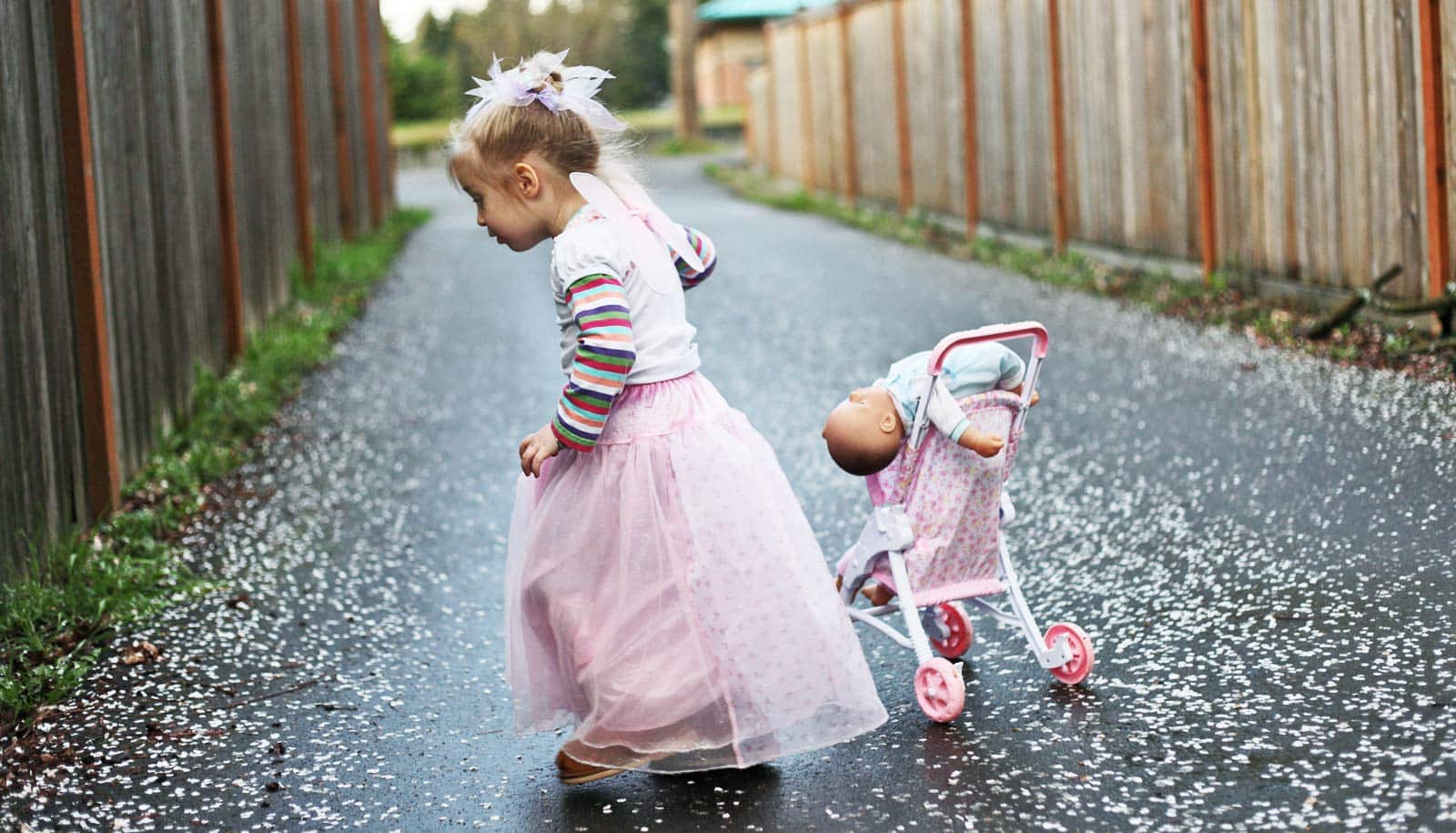Children’s Valentine’s cards often introduce and reinforce stereotypes and attitudes about gender as well as expectations about young children’s bodies, interests, and behaviors, argues Deborah Borisoff.
Typically thought of as a commercial holiday for adults fueled by purchases of wine, chocolates, jewelry, and lingerie, Valentine’s Day has also served as an opportunity for children to explore friendships, budding crushes, and social circles.
In 1989, Borisoff and her coauthor Judythe Isserlis published an analysis of Valentine’s Day cards in which they shared their lack of surprise by the “cards’ portrayal of little girls as sweet, loving, lovely, fragile, or, of little boys as active and strong.”
More than 30 years later, Borisoff says the Valentine’s landscape is largely unchanged.
Here, she discusses the gendered messages of cards, the expectations and pressures they create for children, changes she has noticed in recent years, and five ways kids’ cards still make for a very gendered Valentine’s day:
1. Valentine’s Day cards for children depict distinct color palettes and fonts for boys and girls.
“Even before reading the message, one can tell at a distance which cards are intended for boys and which cards are intended for girls. Cards for young girls are remarkably consistent in using pastels such as pink, lilac, and pale blue, as well as red,” says Borisoff. “Hearts are typical on the cover as well. Moreover, the font is often swirly or in script. In contrast, bold block lettering on blue, purple, orange, yellow, and red backgrounds appear in cards for boys, and with fewer hearts.”
2. Cartoon characters and animals on cards differ according to gender too.
“Beyond coloristics and fonts, the figures on the cards convey at a glance the subject for whom the card is intended. Cartoon figures in boys’ cards are replete with athletes who play basketball, football, baseball, hockey, and golf. Race car drivers, astronauts, and ubiquitous action heroes are represented as well. In contrast, puppies, teddy bears, seal pups, bunny rabbits, and mice grace the cover of cards for young girls,” says Borisoff.
“When girls appear on the cover, they are depicted as princesses or other cartoon figures wearing makeup and having slim or hourglass figures. They are shown engaging in activities such as cheerleading, shopping, eating, and reading, and are always smiling. Often shiny stickers or other trinkets are included for girls to use. It’s important to note the absence of potential careers or sports for young girls, as those are reserved for boys’ cards, with few exceptions.”
3. Messages in cards designed for parents to give to children also reward different qualities and traits for sons and daughters.
“In light of the distinct activities reflected in Valentine’s cards that boys and girls exchange, it is not surprising that distinct qualities and traits are also conveyed in cards that parents give their children,” says Borisoff. “Sons are ‘great,’ ‘daring,’ ‘strong,’ ‘amazing,’ and ‘special.’ Parents are ‘proud’ of them. While daughters are also ‘special’ and can be ‘smart‘ as well, they are ‘loved’ and ‘treasured’ for being ‘sweet,’ ‘beautiful,’ ‘loving,’ ‘poised,’ and ‘popular.’ They can also be ‘wonderful,’ whether they ‘eat or diet,’ or are ‘outgoing or quiet.”
4. Gender-based messaging creates a number of challenges and barriers for children.
“The above-mentioned differences in the imagery and messages conveyed in Valentine’s cards for children reflect binary thinking and dividing practices that perpetuate stereotypes, presumptions, and expectations about identity and behavior,” Borisoff says.
“The traits, behaviors, and thinking about one’s body and aspirations speak volumes. These early messages comprise only one area that impacts how young children learn to navigate their lives, and it is important to consider what is absent. Ignored in the cards for boys are those who do not identify with athletes or super heroes, and the emotional landscape of kindness and care for others,” says Borisoff.
“Ignored in the cards for girls are those whose interests are not limited to how they look or their future aspirations. Whether these messages are intended or not, being sweet and caring is not solely the purview of girls, and being strong and daring is not solely the purview of boys. Early messages in the home, whether about the color of one’s room, clothing, activities, gifts, or even cards for birthdays and holidays can impact children’s experiences as they progress through school and work, as well as in the personal relationships they forge. It is a training ground for how young people learn to see themselves and how to treat one another.”
5. Valentine’s cards have yet to join other mediums that have expanded offerings regarding gender-neutral messaging and greater diversity.
“Valentines for children is but one arena of the media landscape. As shown, they largely adhere to many traditional stereotypes about gender identity. Cards don’t create, but rather they reflect societal norms, values, and stereotypes,” Borisoff says.
“I’ve found very few cards in the children’s section that include neutral messages, but examples I have found include a card for babies with a pink pastel background with 12 hearts in shades of white, pink, and red. The text reads, ‘Happy Valentine’s Day’ and ‘Wishing you a day filled with simple joys and all the things you love.’
“Note, there are no descriptors of ‘sweet’ or ‘brave’ to suggest traditional stereotypes of gendered traits. There are no human figures to suggest the male/female binary, but such examples are limited.
“In other arenas, changes in our current societal norms and values are increasingly reflected and celebrated. An example of such is in books for children, which I also discuss in my class. This is where I have seen a clear evolution in the representation of non-binary identifiers, same-sex families, and more direct coverage of race, culture, ethnicity, disability, class, etc. It will be interesting to see if, over time, these changes will be reflected in the cards we give our children on this special day.”
Source: NYU



